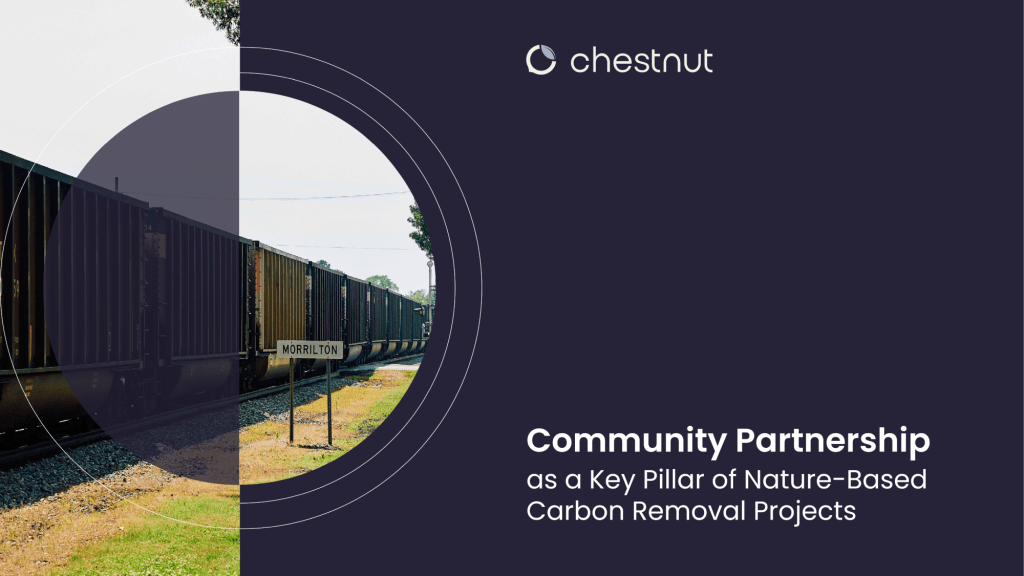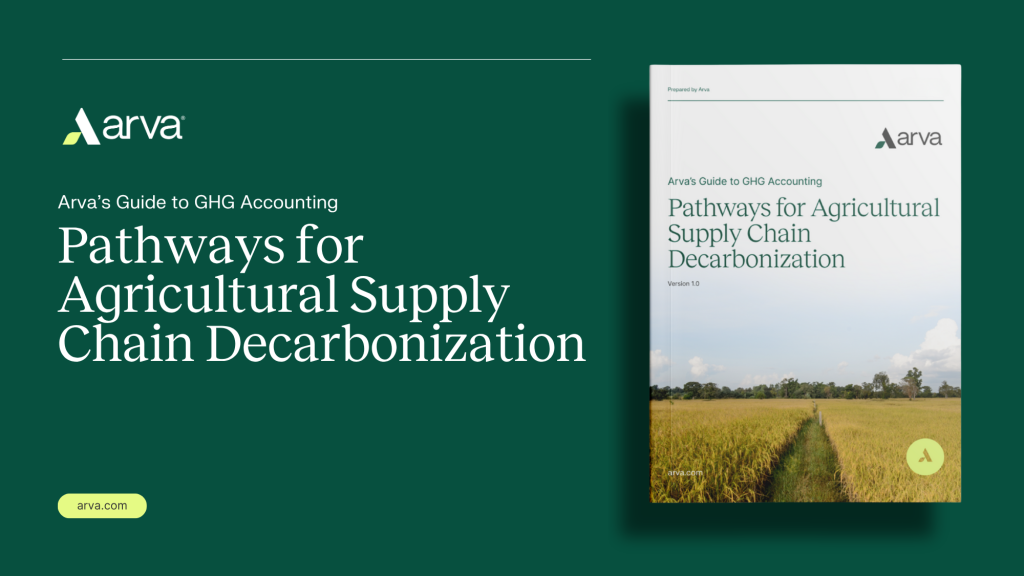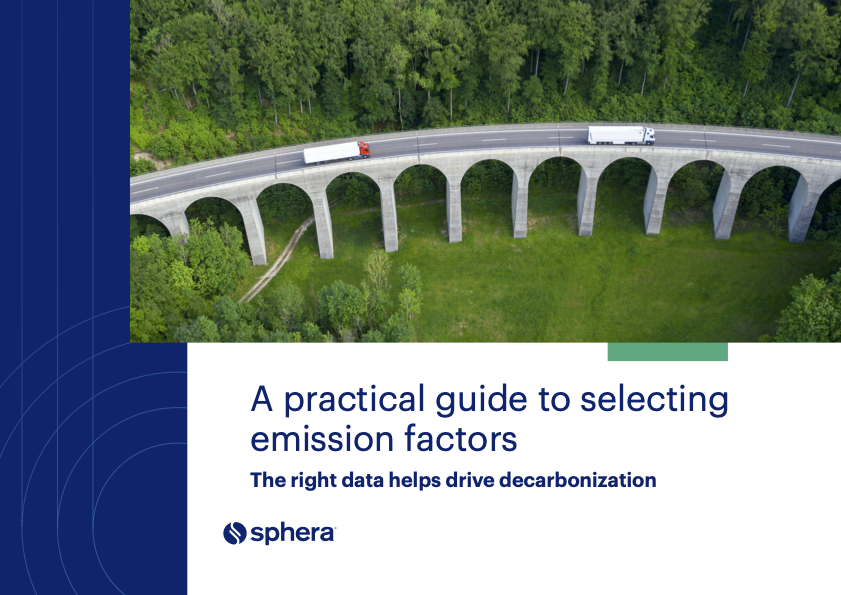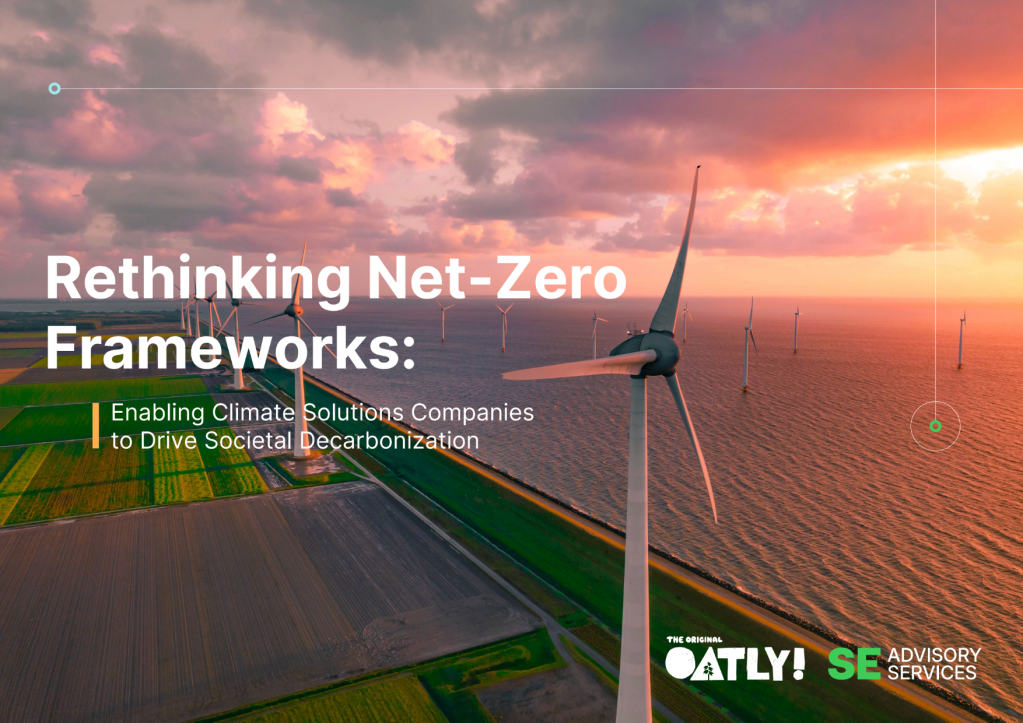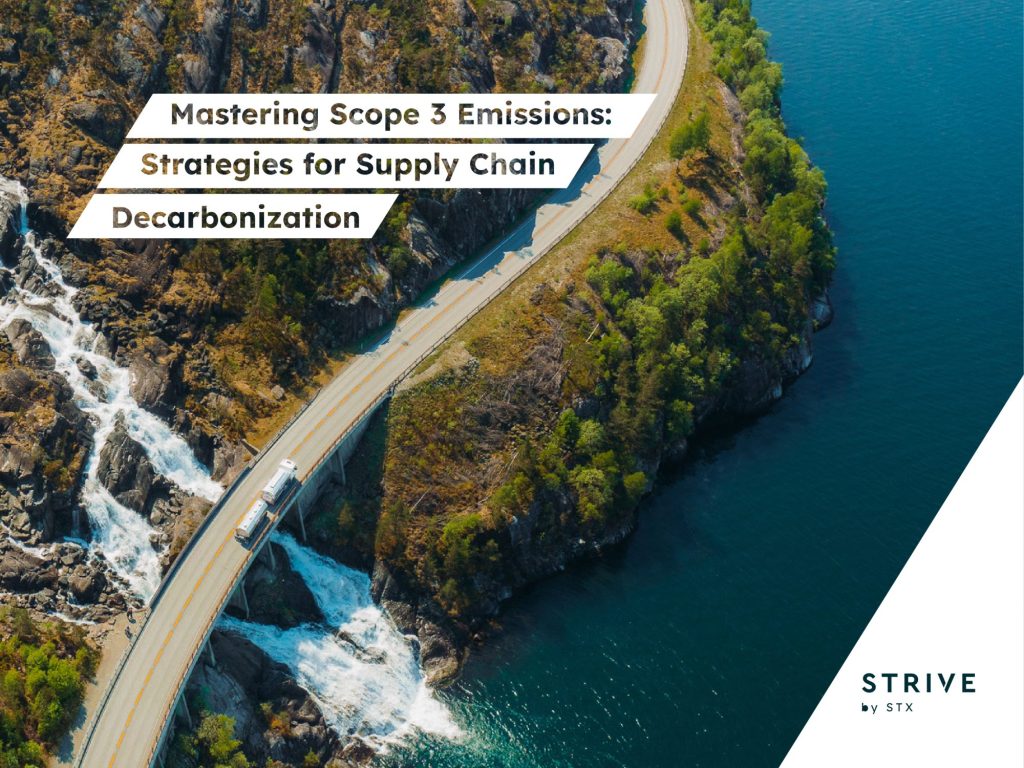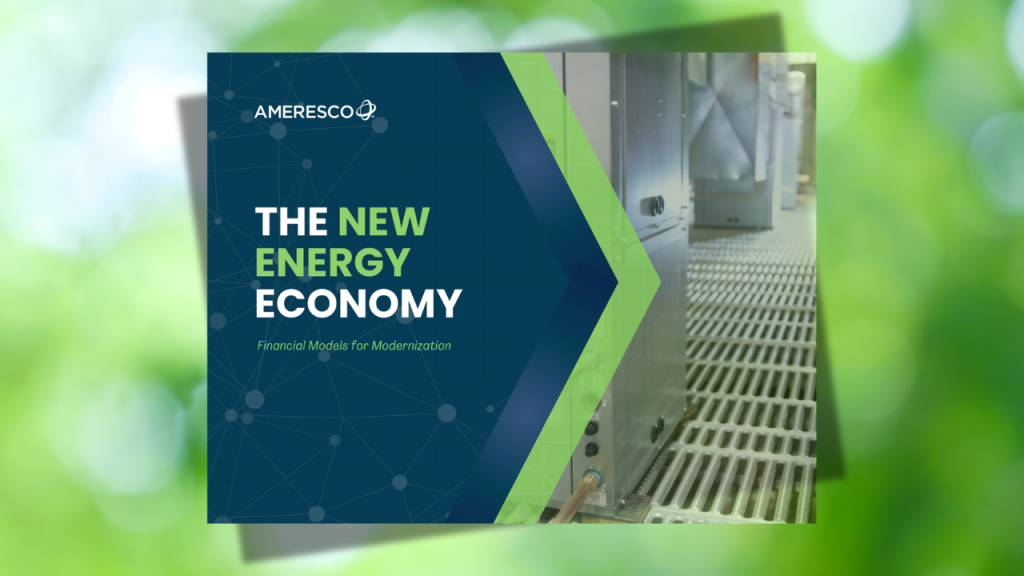McKinsey, Google and others make $41 million credit purchase from Louisiana carbon removal project
Backers say Arbor’s bioenergy technology is on a path to capture and store carbon for less than $100 a ton. Read More
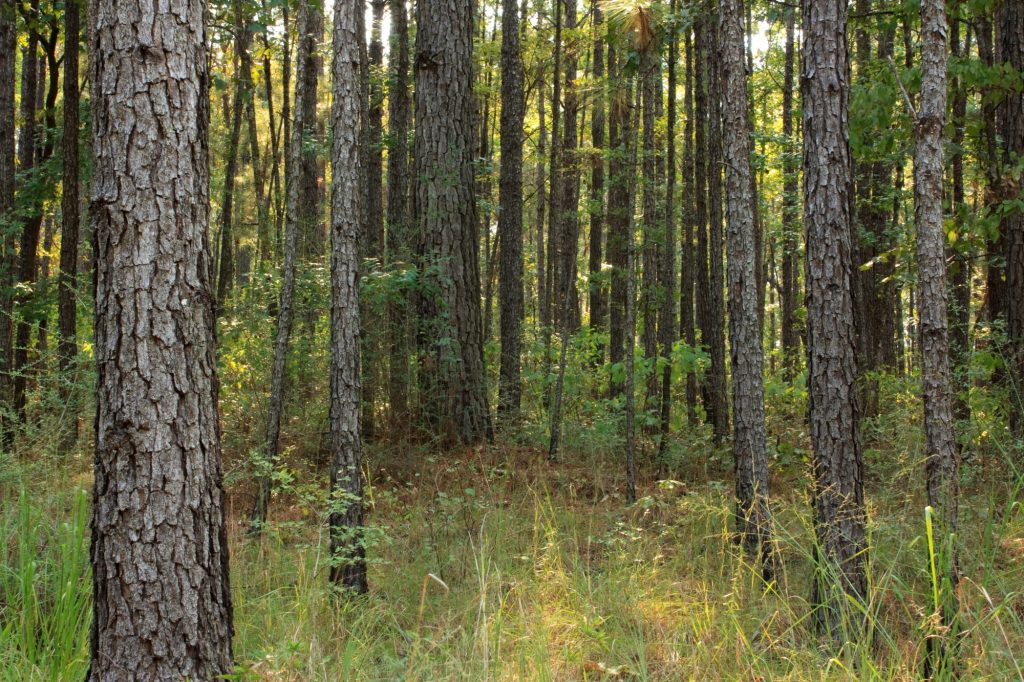
-
- The Frontier coalition is spending $41 million to buy 116,000 removal credits from a startup founded by a former SpaceX engineer.
-
- Biomass energy projects have faced criticism for sourcing wood from primary forests.
-
- The process is relatively expensive, but the coalition said costs could fall below $100 per ton of carbon dioxide removed as the technology is scaled
A carbon removal buyers coalition founded by McKinsey, Google and others has backed a new approach to biomass energy that promises to provide always-on electricity while sequestering carbon dioxide deep underground.
The Frontier coalition announced this week that it would spend $41 million on 116,000 removal credits from Arbor, a startup founded by a former SpaceX engineer that’s developed a more efficient process for what’s known as bioenergy with carbon capture and storage (BECCS). The startup will generate the credits with a facility close to Louisiana’s Gulf Coast that is expected to be operational in 2028.
The deal is the latest in a flurry of recent interest in BECCS. Microsoft, by far the most active buyer of removal credits, has contracted for close to 10 million BECCS credits from projects in Norway, Louisiana and Sweden since April.
Trio of innovations
Arbor says its approach advances BECCS in three ways. Rather than burning biomass directly, the company uses a new gasifier design to convert it into syngas, a mixture of hydrogen and carbon monoxide. The gas is then sent to a specialized furnace that burns it in pure oxygen instead of air. This creates a stream of CO2 in a liquid “supercritical” state, which is used to drive the turbine. (Conventional BECCS uses steam to do so.) Once used, the CO2 stream is captured and piped to a geological reservoir for permanent storage.
These innovations boost the efficiency of the biomass-to-electricity energy conversion by more than 30 percent, noted Frontier. And because the waste stream contains just carbon dioxide and water, rather than the mix of gases generated by other BECCS approaches, separation of the CO2 for storage is also cheaper.
At present, the process is still expensive — Frontier’s is paying more than $350 per credit — but the coalition said costs could fall below $100 per ton of CO2 removed as the technology is scaled. The fact that Arbor integrates the capture process with power generation will help cut costs as that happens, because every two- to three-fold increase in the size of the system is projected to generate a 10-fold increase in power generation and carbon removal.
“One of the amazing features of their technology is that the output does not scale linearly with the size of the facility that they build,” said Hannah Bebbington, Frontier’s head of deployment. “That is an incredible cost saving, right as you’re thinking about the economics of the next facility.”
What counts as waste?
The promise of carbon-negative power generation has made BECCS systems an important part of global net-zero scenarios, but issues around biomass sourcing have dogged the technology. One prominent biomass power plant, the Drax facility in northeast England, has repeatedly found to be using wood sourced from primary forests. More recently, researchers modeled the impact of nine biomass projects planned for the same region of the U.S. that Arbor plans to operate in and found that the increased demand for biomass would likely lead to the conversion of natural forests to plantations.
One challenge is knowing exactly what constitutes “waste” biomass, said Freya Chay, carbon removal project lead at Carbon Plan, a nonprofit that analyses climate solutions. As biomass becomes more valuable, landowners and others may be incentivized to thin forests that would otherwise have been left untouched, for example. “We like to use the word waste to just stop thinking about all the upstream dynamics,” argued Chay.
Frontier has developed a series of sustainable biomass sourcing principles that are designed to protect against outcomes. In Arbor’s case, the project passed muster in part because the feedstock for the power plant will be thinnings from commercial plantations. These are currently left in piles or burned, said Bebbington. The methodology that Arbor follows, developed by Isometric registry, also requires third-party tracking to ensure that biomass from other sources is not substituted for the thinnings.

Subscribe to Trellis Briefing
Featured Reports

The Premier Event for Sustainable Business Leaders




